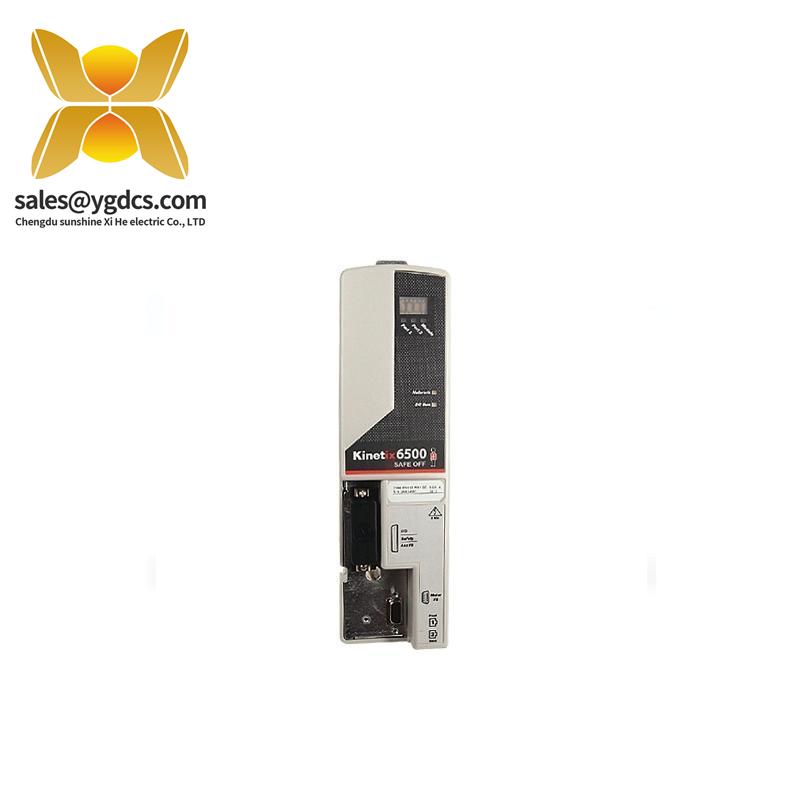Allen-Bradley 2094-EN02D-M01-S0 AC Drive Control Module
The Siemens 2094-EN02D-M01-S0 Control Modules are designed for industrial automation applications, featuring high reliability, robustness, and compatibility with a wide range of control systems.
Email:18005021035@163.com
Phone:+86 18005021035
Name:BeiLin
Content details
Model:2094-EN02D-M01-S0
Brand:Allen-Bradley
Motor Compatibility:Wide range of AC motors
Control Protocol:EtherCAT, Profinet, Ethernet/IP
Operating Temperature Range:0…50 °C (32…122 °F)
Relative Humidity:5…95% noncondensing
Altitude:Similar to other Kinetix module: 1000 m (3281 ft) to 3000 m (9843 ft) with derating
Vibration Rating:5…55 Hz @ 0.35 mm (0.014 in.) double amplitude
The Allen-Bradley 2094-EN02D-M01-S0 AC Drive Control Module is engineered to integrate seamlessly into your existing Logix platform, streamlining multi-axis motion control operations. Its compact design allows for greater flexibility in motor selection compared to conventional drives, making it an ideal choice for space-constrained applications.
Simplify your wiring process and reduce the number of connections required, leading to a cleaner, more efficient control system. The modular design further enhances system reliability by minimizing potential points of failure.
Operate within a wide temperature range of 0 to 50 degrees Celsius (32 to 122 degrees Fahrenheit), ensuring robust performance in various industrial environments. The control module is rated for operation at up to 1000 meters (3281 feet) with appropriate derating, allowing for versatile deployment.
Withstanding vibrations at frequencies from 5 to 55 Hz with a double amplitude of 0.35 mm (0.014 inches), this control module ensures reliable performance even under harsh conditions, critical for continuous operation in demanding environments.
For optimal maintenance and diagnostics, the control module features a PORT 2 status indicator, an IOD connector for input/output, safety, and auxiliary feedback, as well as a MF connector for motor feedback. These features facilitate quick identification of system status and ease of troubleshooting.




